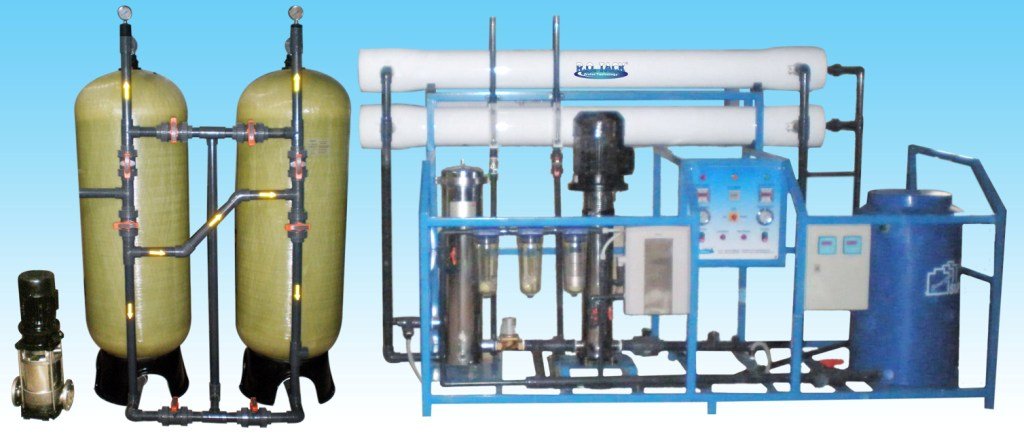“ Lorem ipsum dolor sit amet, consectetur adipiscing elit. Maecenas et congue odio. Fusce bibendum dictum pellentesque. Praesent rhoncus ultrices dui ut facilisis. Maecenas mattis semper felis, vitae scelerisque nisi. Vestibulum porta nunc nunc, vel tristique orci tempus ut. ”
By Gil K. Dhawan Ph.D., PE, Applied Membranes, Inc.
Reverse osmosis technology has penetrated a wide range of pure water treatment applications. Standard design and precise operation will extend the life of the filter and the quality of the filter. In other words, incorrect design or improper operation will cause the system to malfunction and damage the membrane.
This article summarizes the most common errors when designing and operating a reverse osmosis (RO) system.

A simple but extremely important part of keeping the filters working is:
“Always keep the membrane clean”.
All impurities in the water are removed from the surface of the filter. In this rotary separator it is important to ensure that the impurities do not have the opportunity to adhere to the membrane surface, otherwise it will reduce the efficiency of the membrane.
Once we understand the parameters of our water resources we can anticipate possible problems with the system. The vast majority of RO systems are not traded on a detailed water analysis. Unfortunately, these errors will not have the opportunity to fix right on the system that need to unpack … complex.
Recovery rates are based on pure water flow rates and watersheds.
% recovery = (pure flow ÷ feedrate) x 100
For tap water systems, retention rates should be maintained (10 to 15% for each filter.) If a higher percentage of the recommended concentration of the system will cause the membrane to become clogged, especially on the surface of the membrane
All reverse osmosis membranes have a limit. It can only give the maximum amount of pure water to a particular water source. This limit is controlled by the input water quality itself. For example, the maximum purified water flow is from a standard tap water of 25 gallons per day (about 100 liters) per square foot of membrane surface area. When the membrane is forced to operate at higher flow rates will not be clogged.
A minimum flow should be observed for each type of membrane. The speed and flow of water will affect the formation of deposits on the membrane surface. In case of multiple membrane filtration for one system, one must calculate in order to ensure that the flowrate for all membranes must be uniform. The filtration system should also consider the related factors such as pump capacity, water cycle, etc.
The risk of obstructing the operation and stop production is not the same. Some solids tend to stick when the system stops working. Especially silica ions usually form crystals when the system stops running. It is therefore necessary to have proper exfoliation to limit these risks.
In addition to the errors described above, civil servants are often malfunctioning due to reasons (mainly due to material quality and manufacturing cores):
Design and operation errors can be avoided if the manufacturer’s instructions are followed. There is no “shortcut” in designing a system to ensure smooth and durable operation
Poolstore.vn (copy thietbiloc.com)